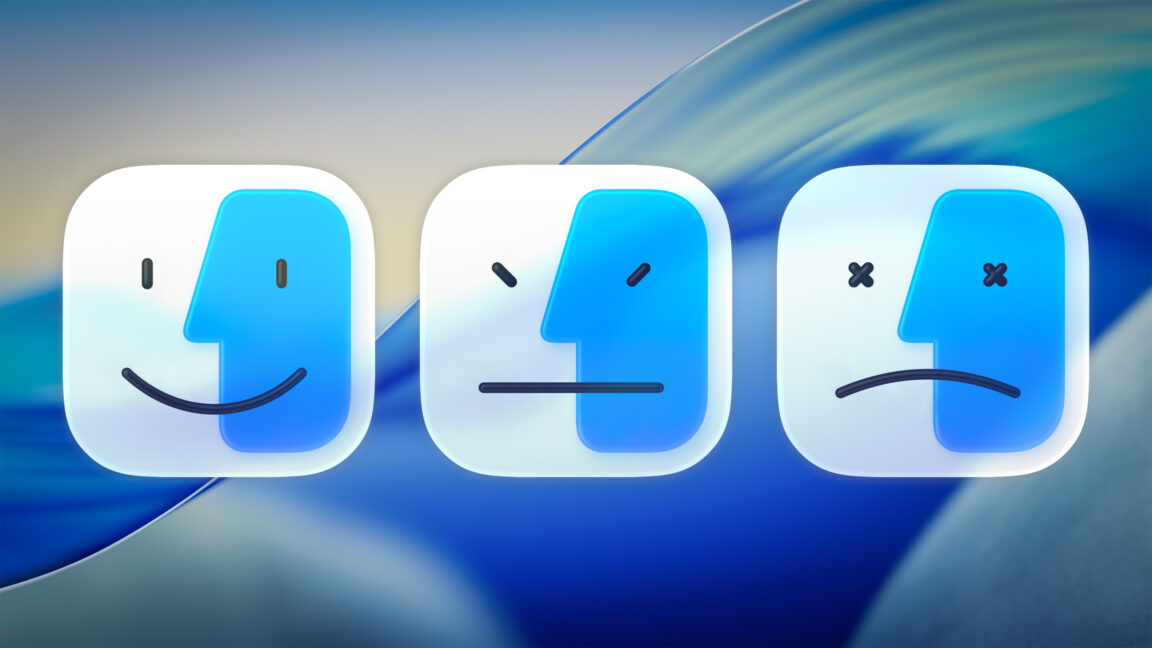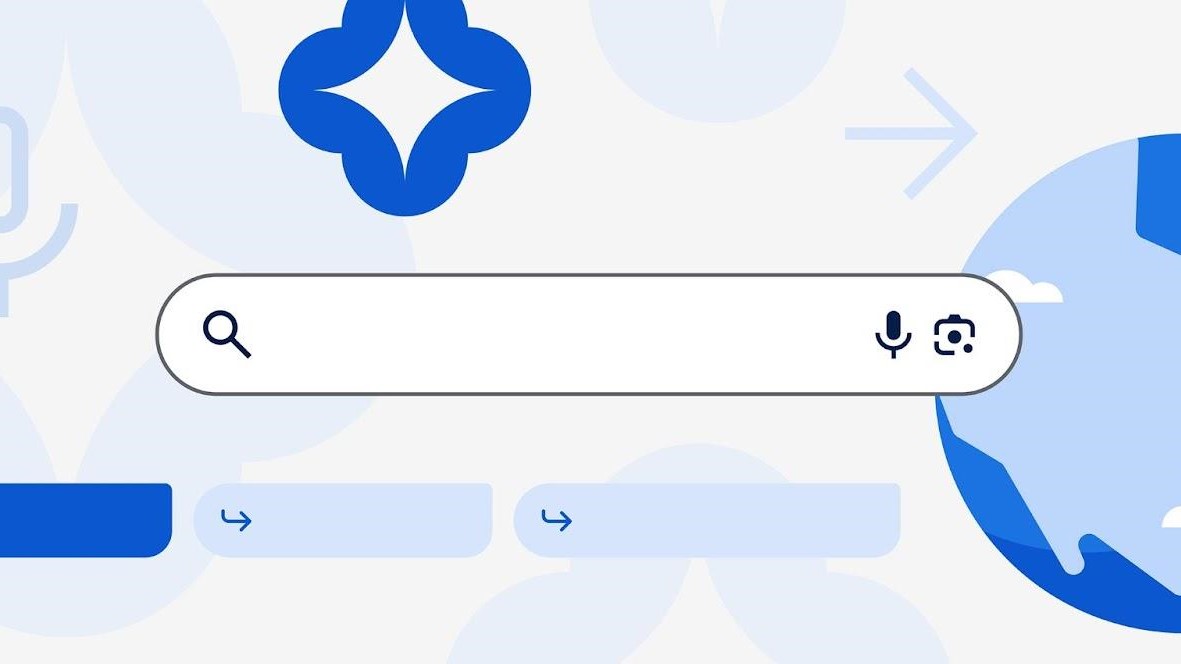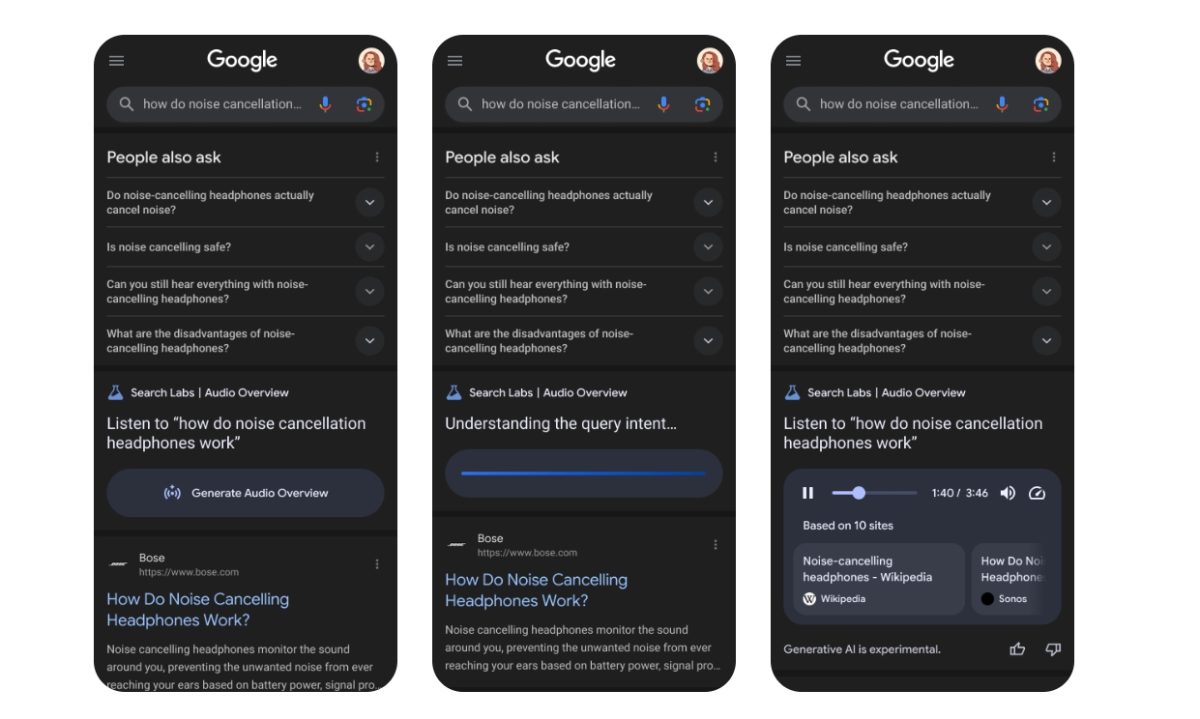The Ultimate Guide to Fast and Accurate Invoicing for Small Businesses
The post The Ultimate Guide to Fast and Accurate Invoicing for Small Businesses appeared first on Android Headlines.


Invoicing is one of the most fundamental tasks for any business, yet it remains one of the most overlooked. Contractors, freelancers, and small businesses all rely on accurate billing processes to ensure stable cash flow, maintain professional client relationships, and comply with tax and legal obligations. Without a reliable invoicing system, even successful businesses can face financial instability due to delayed payments, mismanaged accounts, or costly administrative errors. This is why finding the Best Invoice Generator for Contractors, Freelancers & Small Businesses is more important than ever in today’s digital economy.
Over the past decade, digital tools have revolutionized how small businesses handle their billing. What once required complex accounting software or manual spreadsheets can now be managed quickly and efficiently with dedicated invoicing solutions. These platforms are designed to minimize human error, save time, and allow business owners to focus on what truly matters: growing their business and serving their clients. In this guide, we’ll explore the features, benefits, and considerations that make modern invoicing tools essential for anyone who needs to manage their finances professionally.
Why Proper Invoicing Matters for Contractors and Small Businesses
At its core, invoicing is more than just sending out a request for payment — it’s a critical component of financial management. For freelancers and small businesses, where every dollar counts, invoicing accuracy can determine whether a business remains solvent or struggles to cover its basic expenses. Late payments can create a domino effect, making it harder to pay suppliers, cover operating costs, or invest in growth.
Reliable invoicing systems also play a key role in maintaining client trust. Clear, professional invoices reduce misunderstandings about payment terms, service details, or deadlines. This transparency fosters stronger client relationships and helps ensure smoother communication throughout the project lifecycle.
“Accurate and timely invoicing is the backbone of financial stability for small businesses, ensuring not only prompt payments but also long-term client trust and professional credibility.”
Moreover, modern invoicing tools provide business owners with better financial visibility. When invoices are sent, tracked, and recorded automatically, it’s much easier to monitor outstanding balances, forecast cash flow, and prepare financial reports. This level of organization not only simplifies daily operations but also supports strategic planning and compliance with tax authorities.
Solutions such as an invoice generator can offer a simple, accessible way for businesses to create professional invoices quickly without needing complex or expensive software.
Essential Features of Modern Invoicing Solutions
Selecting the right invoicing tool requires a careful look at the features that support a business’s daily operations. While many tools offer similar basic functions, the best solutions go beyond simple invoice creation by providing automation, customization, and integrated financial management.
Automation is one of the most sought-after features in invoicing software today. Automatic payment reminders, recurring invoices, and integrated payment processing save significant time while reducing the risk of missed deadlines or lost payments. Instead of manually following up with clients, business owners can rely on the system to handle much of this routine work automatically.
Customization is equally valuable, allowing businesses to reflect their branding and adapt invoices to different projects or client agreements. This includes adding custom fields, tax details, payment terms, and personalized notes that reflect the unique nature of each transaction. Professional, consistent invoices not only look more credible but also help avoid confusion or disputes down the line.
Additional features that many modern invoicing platforms offer include:
– Multi-currency support for international clients.
– Tax calculation tools that automatically apply regional tax rates.
– Expense tracking to consolidate financial records.
– Payment status tracking for better cash flow management.
– Integration with accounting or bookkeeping systems.
Together, these features transform invoicing from a tedious administrative task into a streamlined, reliable process that supports business stability and growth.
How Automation Simplifies Billing Workflows
One of the most significant advancements in invoicing technology has been the integration of automation into routine billing processes. For many freelancers, contractors, and small business owners, invoicing used to mean spending hours each month manually drafting invoices, calculating totals, double-checking tax rates, and following up on overdue payments. Automation has changed this dramatically by allowing businesses to set up recurring invoices, scheduled payment reminders, and real-time payment tracking with minimal ongoing effort.
For example, businesses with retainer clients or subscription-based services can set up recurring invoices that automatically generate and send invoices at the correct intervals. This not only reduces the risk of forgetting to bill a client but also ensures a predictable revenue stream. Similarly, automatic payment reminders gently notify clients of upcoming or overdue payments, improving collection rates without the awkwardness of constant manual follow-ups.
In addition to time savings, automation improves financial accuracy. By reducing the need for manual data entry, invoicing software minimizes the chance of human errors — such as incorrect invoice amounts, tax miscalculations, or missing payment details. These seemingly small mistakes can have costly consequences if left unchecked, but automation helps ensure invoices are correct the first time.
Comparing Manual and Automated Invoicing Processes
To better understand the benefits of modern invoicing tools, it’s helpful to compare manual and automated invoicing side by side. The following table outlines some of the key differences:
Task Manual Invoicing Automated Invoicing Invoice Creation Requires manual data entry Auto-populated templates Tax Calculation Manual calculations prone to errors Automatic, accurate calculations Payment Reminders Sent manually or forgotten Scheduled and sent automatically Record Keeping Manual filing and organization Real-time tracking and storage Reporting Requires separate calculations Instant access to reports and analytics
As the table shows, automation not only reduces effort but also enhances consistency and financial clarity. This is especially important for smaller businesses that may not have dedicated accounting staff but still need reliable financial management.
Invoicing platforms that offer these automated features allow business owners to focus on delivering their services rather than getting bogged down in administrative work. The result is more time for client engagement, project delivery, and business development — the true drivers of long-term success.
How Automation Simplifies Billing Workflows
One of the most significant advancements in invoicing technology has been the integration of automation into routine billing processes. For many freelancers, contractors, and small business owners, invoicing used to mean spending hours each month manually drafting invoices, calculating totals, double-checking tax rates, and following up on overdue payments. Automation has changed this dramatically by allowing businesses to set up recurring invoices, scheduled payment reminders, and real-time payment tracking with minimal ongoing effort.
For example, businesses with retainer clients or subscription-based services can set up recurring invoices that automatically generate and send invoices at the correct intervals. This not only reduces the risk of forgetting to bill a client but also ensures a predictable revenue stream. Similarly, automatic payment reminders gently notify clients of upcoming or overdue payments, improving collection rates without the awkwardness of constant manual follow-ups.
In addition to time savings, automation improves financial accuracy. By reducing the need for manual data entry, invoicing software minimizes the chance of human errors — such as incorrect invoice amounts, tax miscalculations, or missing payment details. These seemingly small mistakes can have costly consequences if left unchecked, but automation helps ensure invoices are correct the first time.
Comparing Manual and Automated Invoicing Processes
To better understand the benefits of modern invoicing tools, it’s helpful to compare manual and automated invoicing side by side. The following table outlines some of the key differences:
Task Manual Invoicing Automated Invoicing Invoice Creation Requires manual data entry Auto-populated templates Tax Calculation Manual calculations prone to errors Automatic, accurate calculations Payment Reminders Sent manually or forgotten Scheduled and sent automatically Record Keeping Manual filing and organization Real-time tracking and storage Reporting Requires separate calculations Instant access to reports and analytics
As the table shows, automation not only reduces effort but also enhances consistency and financial clarity. This is especially important for smaller businesses that may not have dedicated accounting staff but still need reliable financial management.
Invoicing platforms that offer these automated features allow business owners to focus on delivering their services rather than getting bogged down in administrative work. The result is more time for client engagement, project delivery, and business development — the true drivers of long-term success.
Adapting Invoicing Tools to Different Business Models
One of the strengths of modern invoicing software lies in its flexibility to accommodate a wide range of business types and industries. While large enterprises may have complex accounting systems, contractors, freelancers, and small businesses often need tools that are simpler but still robust enough to handle their unique workflows.
Freelancers, for instance, frequently work with multiple clients simultaneously, often across different countries and currencies. An effective invoicing tool for freelancers needs to handle:
– Client-specific templates and project-based billing.
– Multi-currency invoicing for international clients.
– Expense tracking for reimbursable project costs.
– Easy adjustments for scope changes or additional billable hours.
Contractors, on the other hand, may deal with milestone payments, materials costs, and contracts that require detailed breakdowns of labor, parts, and taxes. For them, invoicing software should offer:
– Customizable line items for complex job quotes.
– Progressive billing for multi-phase projects.
– Integrated time tracking and material cost reporting.
– Clear documentation for both clients and tax authorities.
Small businesses with regular, repeat customers may rely heavily on recurring invoices, subscription billing, or installment payment plans. In these cases, features like scheduled invoicing, automated reminders, and integrated payment gateways become essential.
Regardless of the specific business model, invoicing platforms allow users to create professional, legally compliant documents that reflect the nature of their work — while maintaining consistency, accuracy, and clarity across every transaction.
Why Choosing the Right Invoicing Tool Pays Off
The process of invoicing may seem simple on the surface, but it is deeply intertwined with nearly every aspect of running a successful business. Choosing an effective invoicing tool does far more than just generate documents — it helps ensure timely payments, simplifies tax preparation, supports financial planning, and fosters trust with clients.
As digital solutions continue to evolve, contractors, freelancers, and small business owners have access to a growing range of tools that combine automation, customization, reporting, and security into a single platform. Solutions like an invoice generator demonstrate how accessible and user-friendly invoicing technology has become, even for businesses without dedicated finance teams.
Ultimately, investing time in selecting the right invoicing system is not merely a convenience — it’s a strategic decision that protects the financial stability of the business, improves daily operations, and lays the foundation for long-term growth.
The post The Ultimate Guide to Fast and Accurate Invoicing for Small Businesses appeared first on Android Headlines.
















































































































































































![[The AI Show Episode 152]: ChatGPT Connectors, AI-Human Relationships, New AI Job Data, OpenAI Court-Ordered to Keep ChatGPT Logs & WPP’s Large Marketing Model](https://www.marketingaiinstitute.com/hubfs/ep%20152%20cover.png)



































































































































































































































































_Alexander-Yakimov_Alamy.jpg?width=1280&auto=webp&quality=80&disable=upscale#)
_Zoonar_GmbH_Alamy.jpg?width=1280&auto=webp&quality=80&disable=upscale#)

































































































![Meta AI app ‘a privacy disaster’ as chats unknowingly made public [U: Warning added]](https://i0.wp.com/9to5mac.com/wp-content/uploads/sites/6/2025/06/Meta-AI-app-a-privacy-disaster-as-chats-inadvertently-made-public.jpg?resize=1200%2C628&quality=82&strip=all&ssl=1)

![OnePlus Pad Lite officially teased just as its specs leak [Gallery]](https://i0.wp.com/9to5google.com/wp-content/uploads/sites/4/2025/06/oneplus-nord-pad-lite-lineup-1.jpg?resize=1200%2C628&quality=82&strip=all&ssl=1)














![AirPods Pro 3 Not Launching Until 2026 [Pu]](https://www.iclarified.com/images/news/97620/97620/97620-640.jpg)
![Apple Releases First Beta of iOS 18.6 and iPadOS 18.6 to Developers [Download]](https://www.iclarified.com/images/news/97626/97626/97626-640.jpg)
![Apple Seeds watchOS 11.6 Beta to Developers [Download]](https://www.iclarified.com/images/news/97627/97627/97627-640.jpg)
![Apple Seeds tvOS 18.6 Beta to Developers [Download]](https://www.iclarified.com/images/news/97628/97628/97628-640.jpg)
















































![Nothing Phone (3) may debut with a "flagship" chip – just not the flagship-est one [UPDATED]](https://m-cdn.phonearena.com/images/article/171412-two/Nothing-Phone-3-may-debut-with-a-flagship-chip--just-not-the-flagship-est-one-UPDATED.jpg?#)















